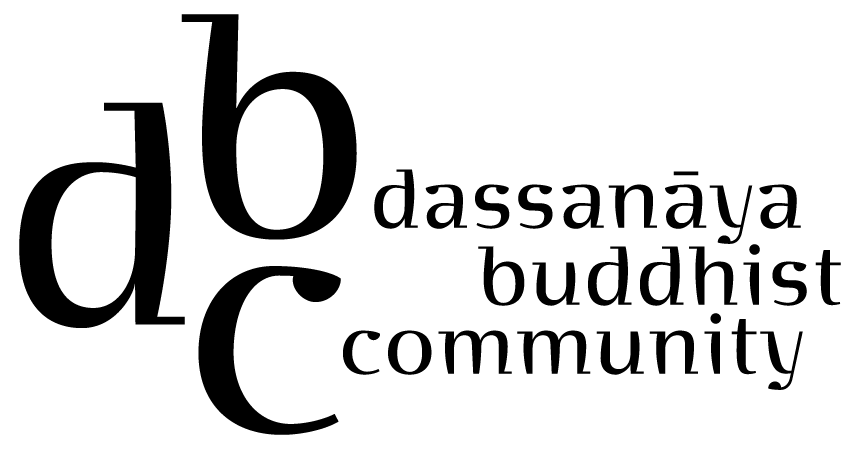A note about "The First Free Women"
Dear Dharma Friends,
Even amidst the quiet and seclusion of winter retreat, it has come to my attention that a controversy has grown up around the book “The First Free Women.” Though I have not endorsed the book, I have taught from it and recommended it. So I think it is important for me to say a few words about where I stand on the issues that have been raised.
In my opinion, “The First Free Women” is a lovely expression of Dharma, but it is not a translation of the ancient Pali text called the Therīgāthā (Verses of the Elder Nuns). I attempted to be clear about that when I taught from the book by calling it a “rendering” or an “interpretation” by its author Matty Weingast.
Perhaps that language was not strong enough to convey the distance between the book and the Pali text, since some students came away with the mistaken impression that the book is a translation of the bhikkhunis teachings. In addition, I sometimes used language like, “Venerable Bhikkhuni so and so said this…” and then quoting from Matty’s poems. In some instances, that is fairly accurate, but in others it is a bit misleading, because the Pali records we have of what those bhikkhunis said does not confirm the language that is used in “The First Free Women.” A few of Matty’s poems come close to the Pali, and most of his poems have added, minimized, or taken away concepts that are in the original text. I apologize for using such loose language, and for not offering a more rigorous comparison of the book against a translation of the Pali text during my teachings about the Theris.
I feel that it is the responsibility of teachers of Buddhism, particularly the monastics, to convey as accurately as possible the meaning of the texts that have been passed down over the millennia. That said, any act of translation is an act of interpretation. This is why I typically present multiple translations of the texts I am teaching. It’s also fine to, and I believe important to, try to put our understanding of the texts and the Dharma into our own words, into contemporary language. It is important that we express the meaning we derive from them today. However, we must not replace the older teachings with our understandings. Our Dharma must stand alongside the ancient Dharma.
If I choose to teach from “The First Free Women” again in the future, I plan to offer a translation of the Pali text alongside Matty’s imaginative poem, and I will be sure to use more precise language about who I am quoting.
The publisher of the book, Shambhala Publications, has pulled all of the first edition of the book back from its distributors. It is currently in the process of reissuing the book with a new cover, new title, and new material preceding the poems. They are also making efforts to prevent it from being catalogued as a translation. You can read Shambhala Publications’ statement about the book here. If you are looking for a translation of the Therīgāthā, you may be interested in Charles Hallisey’s work called “Therigatha” from Harvard University Press.
I believe that Dharma teachers must be open to feedback, and I strive to respond appropriately when feedback is offered to me. Though I have not heard directly from any of my students (as of the time of this writing), I understand that other people have expressed concern. I believe that Shambhala’s changes to the book will be beneficial. If I use the book for future teachings, I will also make changes to the method I use to teach from it, in order to provide clarity. “The First Free Women” has inspired many people to practice Buddhism, and to learn more about the Theris and the Pali texts, and that will ultimately be beneficial if it leads them to the Theris wisdom.
With metta,
Ayya Dhammadipa
New cover of “The First Free Women”

